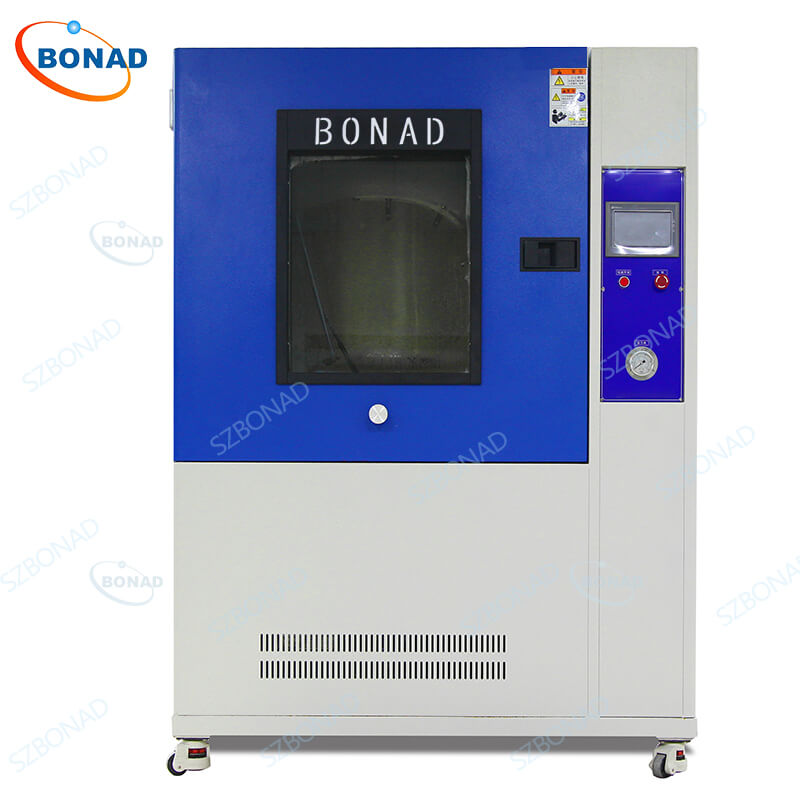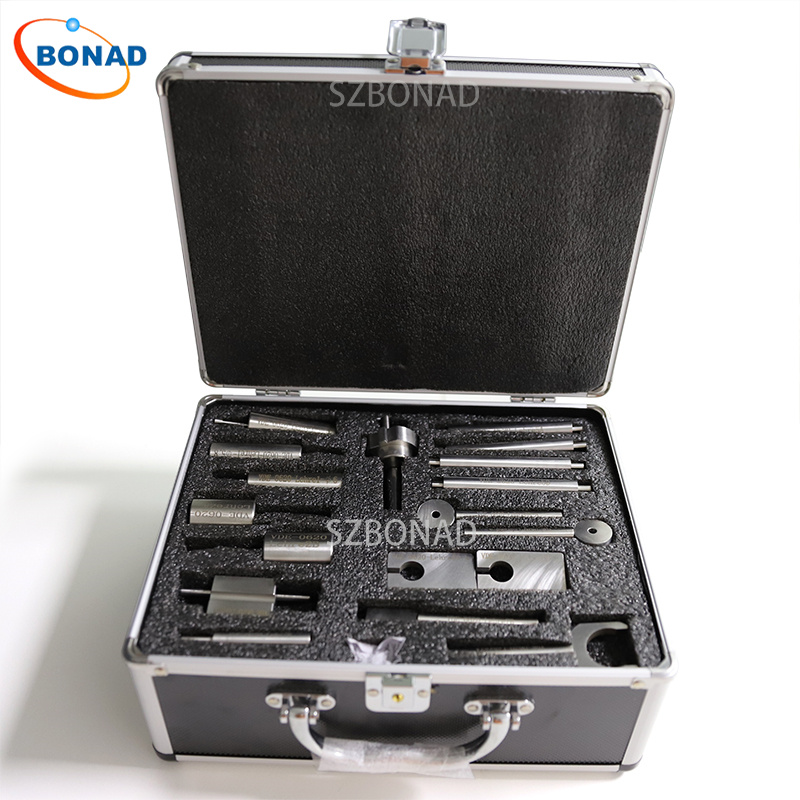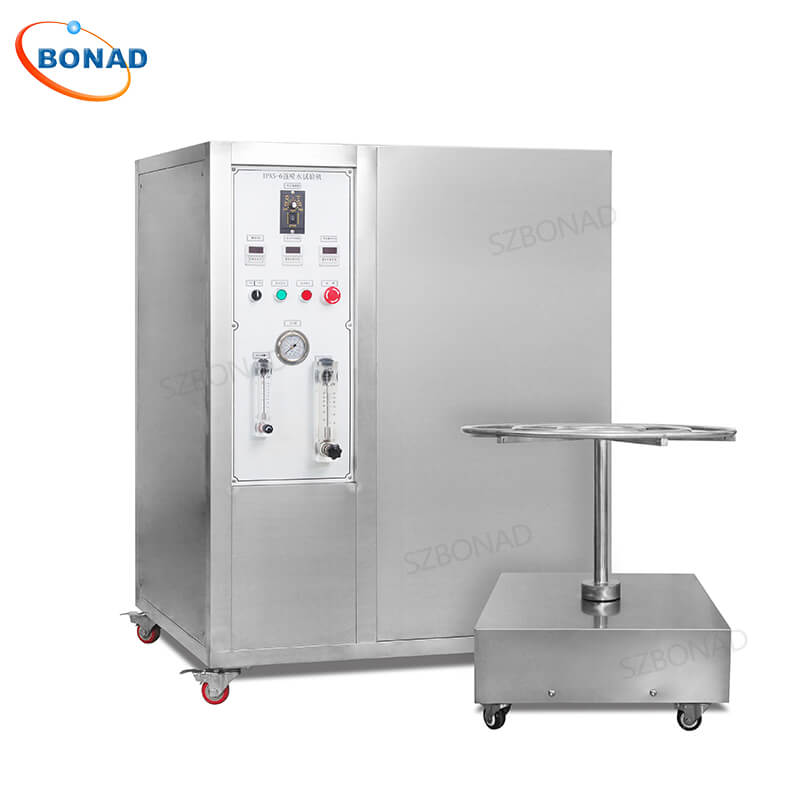In industries where harsh cleaning regimens are a daily reality—such as food and beverage, pharmaceuticals, and automotive—equipment failure is not an option. The IP69K rating represents the pinnacle of ingress protection, certifying that an enclosure can withstand the most extreme high-pressure, high-temperature washdowns. This article serves as a comprehensive technical guide to IP69K testing, demystifying the standards (IEC 60529 and ISO 20653), detailing the testing procedure, and providing actionable design tips. Furthermore, we will explore how BONAD’s full suite of testing equipment can be instrumental in achieving and validating this critical certification.
What is the IP69K Rating?
The IP Code, or Ingress Protection Code, is an international classification system defined by standards like IEC 60529 and ISO 20653. It rates the effectiveness of an enclosure in protecting against the intrusion of solids (like dust) and liquids.
- First Digit (6): “Dust-tight.” Complete protection against contact and dust ingress.
- Second Digit (9K): Protection against close-range, high-pressure, high-temperature water jets.
The “K” designation specifically originates from the German DIN standard that evolved into ISO 20653, extending the scope to include rigorous testing for road vehicles and heavy industrial machinery.
IEC 60529 vs. ISO 20653: Understanding the Governing Standards
While both standards define the IP69K test, their scope and application nuances are critical for manufacturers.
| Feature | IEC 60529 | ISO 20653 |
|---|---|---|
| Scope | Broad international standard for electrical equipment enclosures. | Specifically tailored for electrical equipment in road vehicles. |
| Application | Consumer goods, industrial machinery, general electrical devices. | Automotive, transportation, and adjacent heavy industries. |
| IP69K Nozzle Distance | 100 mm to 150 mm | 100 mm to 150 mm |
| Spray Angles | 0°, 30°, 60°, and 90° for 30 seconds each. | 0°, 30°, 60°, and 90° for 30 seconds each. |
| Key Emphasis | General performance under specified test conditions. | Includes additional considerations for vehicle-specific environments. |
The IP69K Testing Procedure: A Detailed Breakdown
Achieving an IP69K rating requires a meticulously controlled testing process. The following table outlines the core technical parameters of the test.
Table: IP69K Test Parameters According to IEC 60529/ISO 20653
| Parameter | Specification |
|---|---|
| Water Nozzle | High-pressure, with a 0.5 mm diameter orifice |
| Water Pressure | 8 – 10 MPa (80 – 100 bar, 1160 – 1450 psi) |
| Water Flow Rate | 14 – 16 Liters per minute |
| Water Temperature | 80°C ± 5°C (176°F ± 9°F) |
| Nozzle Distance | 100 – 150 mm (3.9 – 5.9 inches) from the enclosure |
| Spray Angles & Duration | 0°, 30°, 60°, and 90° for 30 seconds each per position |
| Test Sample Status | Typically powered on and under operational load |
The test involves traversing the high-temperature water jet across all seams, seals, and potential entry points of the enclosure from the specified angles. The unit must remain functional throughout the test. Post-test, a thorough internal inspection is conducted; the presence of even a single water droplet inside results in immediate failure.
Why Manufacturers Fail: Common IP69K Compliance Challenges
Many failures are preventable and stem from a few common design oversights:
- Seal Failure: Gaskets made from inferior materials can degrade, compress permanently, or crack under high temperatures.
- Improper Fastening: Incorrect screw torque or insufficient spacing between fasteners can create micro-gaps in seams.
- Component Interfaces: Off-the-shelf connectors, cable glands, or breather valves that are not themselves IP69K-rated become primary failure points.
- Material Incompatibility: Plastics may warp or metals may corrode when exposed to repeated high-temperature steam and chemical cleaning agents.
Designing for Success: Best Practices for IP69K Compliance
- Strategic Gasket Design: Use high-temperature elastomers like Silicone or Fluorosilicone. Ensure gaskets are properly compressed within their design limits using calculated compression stops or specific torque values.
- Enclosure Architecture: Avoid flat surfaces where water can pool or impact directly. Design with curves and slopes to deflect water. Minimize seams and prefer continuous welding over segmented joints.
- Selecting Rated Components: Never compromise on components. Only use connectors and cable glands explicitly certified for IP69K. These typically feature double-sealing rings and robust construction.
- Prototype and Iterate: Conduct in-house pre-compliance testing early and often. Using equipment like BONAD’s high-pressure spray test chambers allows designers to identify and rectify leak paths long before final certification, saving significant time and cost.

Beyond the Lab: The Business Case for IP69K
Investing in IP69K certification is not just about passing a test; it’s about building a reputation for quality and reliability. For end-users, it translates to:
- Reduced Downtime: Equipment can withstand aggressive cleaning without failure, maximizing production uptime.
- Lower Total Cost of Ownership: Enhanced durability leads to fewer repairs and replacements.
- Regulatory Compliance: Essential for meeting strict hygiene standards in food (e.g., FDA, EHEDG) and pharmaceutical (e.g., cGMP) industries.
How to Get Started with IP69K Testing and Certification
- Engage an Accredited Lab: Partner with a third-party testing laboratory accredited for IEC 60529 and ISO 20653.
- Prepare Documentation: Provide detailed design drawings, material specifications, and assembly procedures.
- Conduct Pre-Testing: Validate your design internally. BONAD offers a full range of waterproof and dustproof test equipment that can be used for rigorous pre-compliance checks, dramatically increasing your chances of success on the first official attempt.
Frequently Asked Questions (FAQ)
Q: Is an IP69K-rated enclosure also dust-tight (IP6X)?
A: Yes. By definition, achieving an IP69K rating inherently means the enclosure has also passed the IP6X (dust-tight) test.
Q: How often should we re-test for IP69K compliance?
A: Re-testing is recommended after any significant design change, material substitution, or tooling modification. As a best practice, periodic re-validation every 3-5 years is advised for ongoing quality assurance.
Q: Can IP69K equipment be used underwater?
A: No. IP69K is for high-pressure, high-temperature spray, not immersion. For submerged applications, equipment must be separately rated for IP67 (temporary immersion) or IP68 (continuous immersion).
Conclusion
The IP69K rating is a powerful testament to the ruggedness and reliability of industrial equipment. A deep understanding of the IEC 60529 and ISO 20653 standards, combined with diligent design practices and iterative pre-compliance testing, is the formula for success. By leveraging advanced testing solutions from partners like BONAD, manufacturers can confidently navigate the path to IP69K certification, delivering superior products that stand up to the most demanding environments and build lasting trust with their customers.


